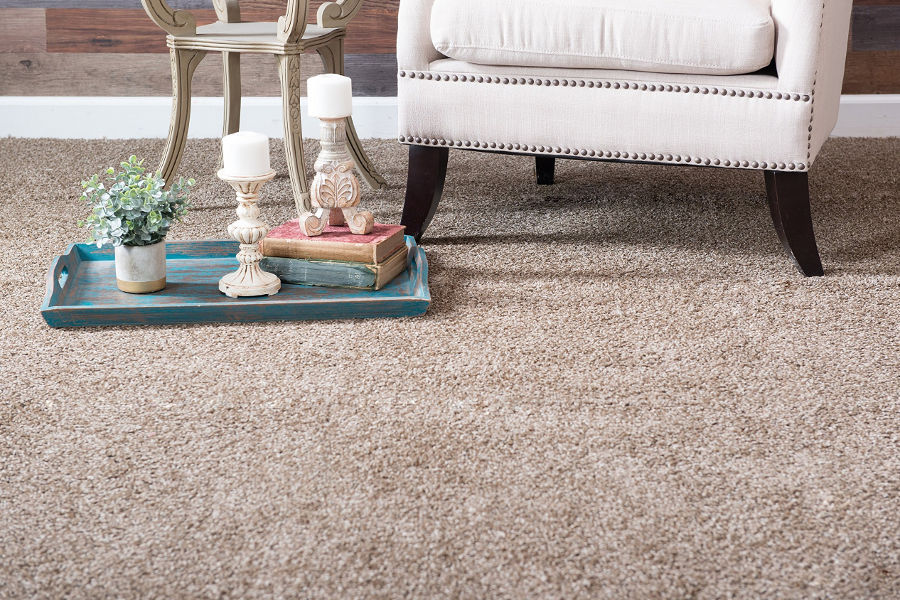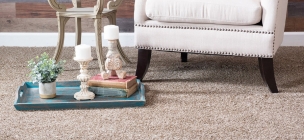Advice for Homeowners Who Don't Like Carpets
Sep 21, 2023 01:21
Carpet has long been a well-loved flooring choice for its comfort and insulation properties, but it's not everyone's cup of tea. Some homeowners prefer alternative flooring options for reasons such as aesthetics, cleanliness, or ease of maintenance. If you're one of those homeowners who don't like carpets, here's some advice on how to choose and maintain alternative flooring materials for your home.

1. Consider Hardwood Flooring
Hardwood floors are an elegant choice that adds warmth and sophistication to any space. They are somewhat easy to clean and maintain, and they tend to age beautifully. Choose from various wood types, finishes, and stains to match your home's style.
2. Opt for Engineered Wood
Engineered wood flooring offers the look of hardwood with added durability. It's composed of multiple layers, including a hardwood veneer layer, making it less susceptible to moisture and temperature fluctuations. Engineered wood is a great choice for areas like kitchens and basements.
3. Laminate Flooring
This type of flooring is a budget-friendly option, mimicing the look of hardwood, stone, or tile. It's easy to install and maintain, making it a practical choice for busy households. Laminate is also resistant to stains, scratches, and fading.
4. Vinyl Flooring
Vinyl flooring has come a long way in terms of design and durability. It's available in a wide range of styles, including wood and tile looks. Vinyl is water-resistant, making it suitable for kitchens and bathrooms. It's also relatively soft underfoot and more forgiving than hardwood or tile.
5. Tile Flooring
Tile flooring, whether ceramic or porcelain, is highly durable and resistant to stains, moisture and wear. It's an excellent choice for high-traffic areas like entryways and bathrooms. Tiles come in an array of colors, patterns, and sizes, allowing for creative design possibilities.
6. Natural Stone
Marble, granite, or slate flooring creates a luxurious and timeless look. While it can be more expensive than other flooring options, it adds significant value to your home. Keep in mind that natural stone may require occasional sealing to maintain its appearance.
7. Cork
Cork flooring is a comfortable option that is all eco-friendly. It's soft underfoot, naturally insulating, and resistant to mold and mildew. Cork is a renewable resource, making it an excellent choice for environmentally conscious homeowners.
8. Concrete Flooring
For a modern and industrial look, consider concrete flooring. It's highly durable, easy to clean, and can be stained or polished to achieve different finishes. Concrete is also a sustainable option when used in its natural form.
9. Area Rugs
Even if you prefer hard flooring surfaces, you can soften the look and add comfort by using area rugs strategically. Rugs can define spaces, add color and texture, and provide warmth underfoot. They are also easier to clean and replace than wall-to-wall carpeting. You can find rugs for sale at Rug Source.
10. Proper Maintenance
Regardless of the type of flooring you opt for, proper maintenance is key to keeping it in good condition. Regularly sweep, vacuum, or mop to remove dirt and debris. Use appropriate cleaning products and techniques recommended by the manufacturer.
11. Invest in Quality Mats
Place doormats at entryways in order to trap dirt and prevent it from being tracked onto your hard floors. In areas prone to spills, like the kitchen, consider using waterproof mats to protect the floor.
12. Use Furniture Pads
To prevent scratches and damage to your hard floors, attach furniture pads to the legs of chairs, tables, and other heavy furniture pieces. Regularly check and replace these pads as needed.
13. Maintain Proper Humidity
Wood and laminate flooring can be sensitive to changes in humidity. Use a humidifier in dry environments and a dehumidifier in humid ones to maintain stable indoor humidity levels.
14. Professional Installation
When installing hard flooring materials, consider hiring a professional installer to ensure the job is done correctly. Proper installation can prevent issues like unevenness and warping.
15. Personalize Your Space
Since you don't have carpet to add softness, consider incorporating plush area rugs and cozy furnishings to create a warm and inviting atmosphere in your home. These elements can compensate for the absence of carpet.
In conclusion, not liking carpets doesn't mean sacrificing comfort and style in your home. There are plenty of alternative flooring options that offer durability, aesthetics, and ease of maintenance. By choosing the right flooring material for your needs and taking proper care of it, you can enjoy a beautiful and functional living space without a speck of carpet in sight.







































































